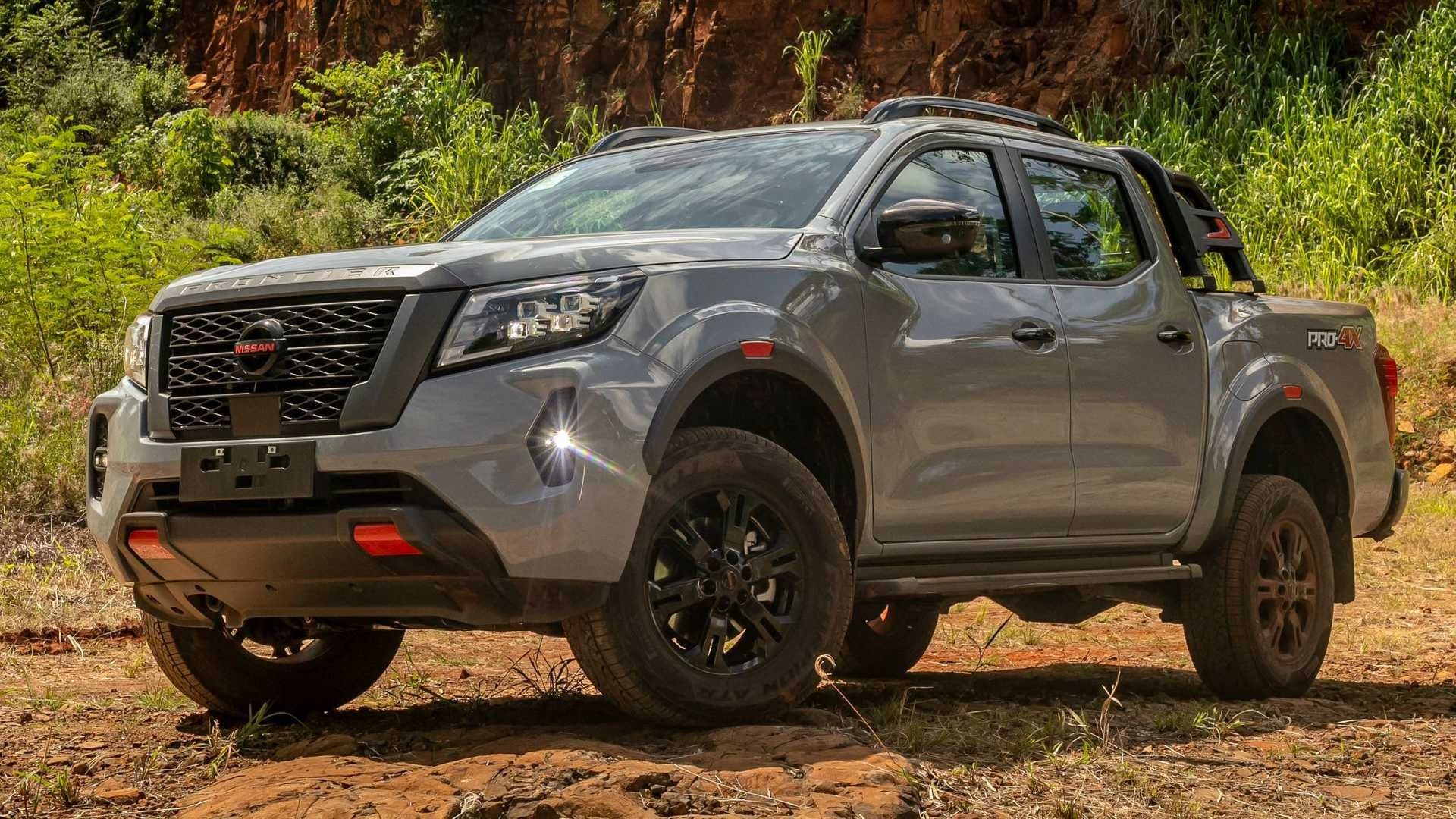Pickup trucks have become a cornerstone in many people’s lives due to their unmatched versatility and toughness. These vehicles are not just transportation; they represent a lifestyle, a tool, and sometimes even a symbol of reliability and hard work.
Whether you’re a contractor hauling heavy materials, an outdoor enthusiast towing a boat, or someone who simply appreciates the bold presence and utility of a pickup, the vehicle you choose can have a profound impact on your daily life.
Trust in a pickup truck is often built over years of dependable service, but first impressions matter. When buyers first get behind the wheel, they want to feel confident that the truck will perform as promised, withstand the challenges ahead, and not leave them stranded or frustrated.
This trust does not come lightly or easily. Pickup trucks face tough demands rough roads, heavy loads, long hours of work, and often harsh weather conditions. A truck that starts every morning without fail, that runs smoothly without strange noises or unexpected issues, and that provides consistent power will earn the respect and trust of its owner quickly.
On the other hand, if a truck is prone to breakdowns, requires frequent costly repairs, or has design flaws that affect usability and comfort, owners quickly lose confidence.
Beyond reliability, trust also comes from the ownership experience, including comfort, fuel efficiency, dealer support, and resale value. A pickup that consistently delivers on all these fronts is a truck that earns trust fast and builds a loyal customer base.
This article aims to highlight the pickups that have proven themselves as trustworthy companions for drivers and those that have struggled to maintain or regain that crucial trust.
On the positive side, we will explore five pickups known for their reliability, user satisfaction, and strong performance. These trucks have earned their reputation by consistently meeting or exceeding the expectations of their owners in various conditions and use cases.
On the other side, we will examine five pickups that have encountered significant challenges in reliability, design, or customer satisfaction, leading to a loss of trust that they have not been able to recover from.
Understanding these distinctions can be helpful for prospective buyers and enthusiasts alike, shedding light on what to look for when choosing a pickup that will serve faithfully for years to come.
5 Pickups That Earn Trust Fast
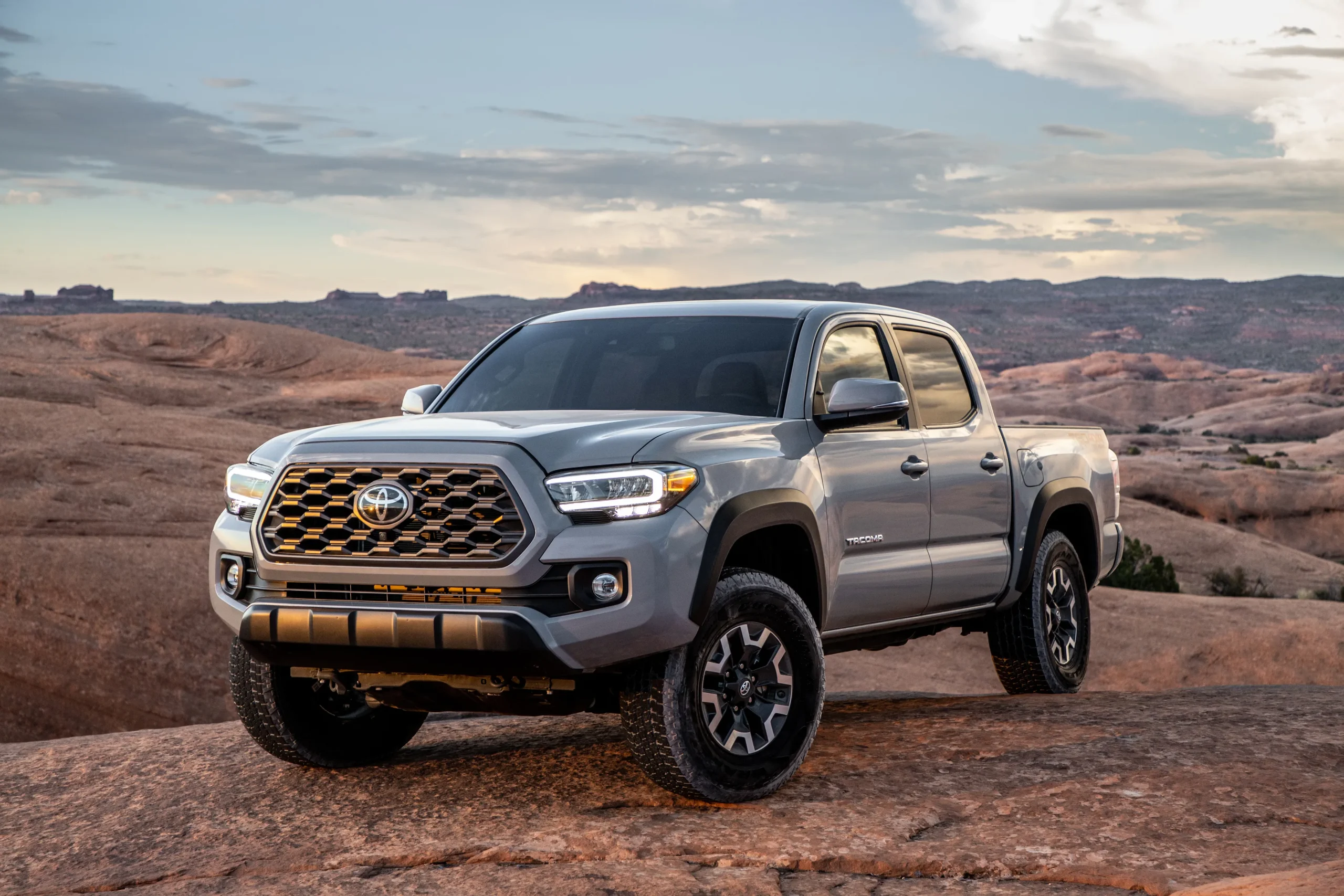
1. Toyota Tacoma
The Toyota Tacoma stands out in the midsize pickup market primarily due to its legendary reliability. This truck has built a reputation as one of the most dependable vehicles on the road, especially when it comes to withstanding tough environments and heavy use.
Owners often report driving their Tacomas well beyond 200,000 miles with minimal major repairs, which is a testament to Toyota’s engineering and build quality.
This trust is reinforced by the Tacoma’s proven off-road capabilities, allowing it to handle challenging terrains such as rocky trails, muddy paths, and steep inclines without hesitation. Its body-on-frame construction contributes to its toughness, making it a preferred choice for those needing a durable and versatile truck.
The Tacoma’s performance extends beyond ruggedness to everyday usability. Its engine options provide a balanced mix of power and fuel economy, with the available V6 engine delivering enough muscle for towing and hauling while maintaining respectable efficiency for its class.
The suspension is tuned to absorb bumps and rough patches, which makes it comfortable for daily driving despite its rugged build. While the interior of the Tacoma might not be the most luxurious, it is functional and thoughtfully designed, featuring durable materials and straightforward controls that minimize distractions.
Toyota has also progressively updated the Tacoma’s technology and safety features, ensuring it remains competitive and safe in modern traffic conditions.
One of the reasons the Tacoma earns trust so quickly is its impressive resale value. Used Tacomas tend to command higher prices than comparable trucks, reflecting strong buyer demand and confidence in the model’s longevity.
This financial factor is important for owners who view their truck as an investment. Knowing that the truck will hold value well provides additional peace of mind and validates the initial purchase. Dealers and mechanics are also well-versed in servicing Tacomas, contributing to easier maintenance and repair experiences for owners.
In short, the Toyota Tacoma’s combination of reliability, durability, solid performance, and good resale value makes it a truck that inspires trust from the start.
Whether tackling rugged trails, working hard on a job site, or simply commuting to work, the Tacoma consistently delivers a dependable and satisfying experience that owners can count on.
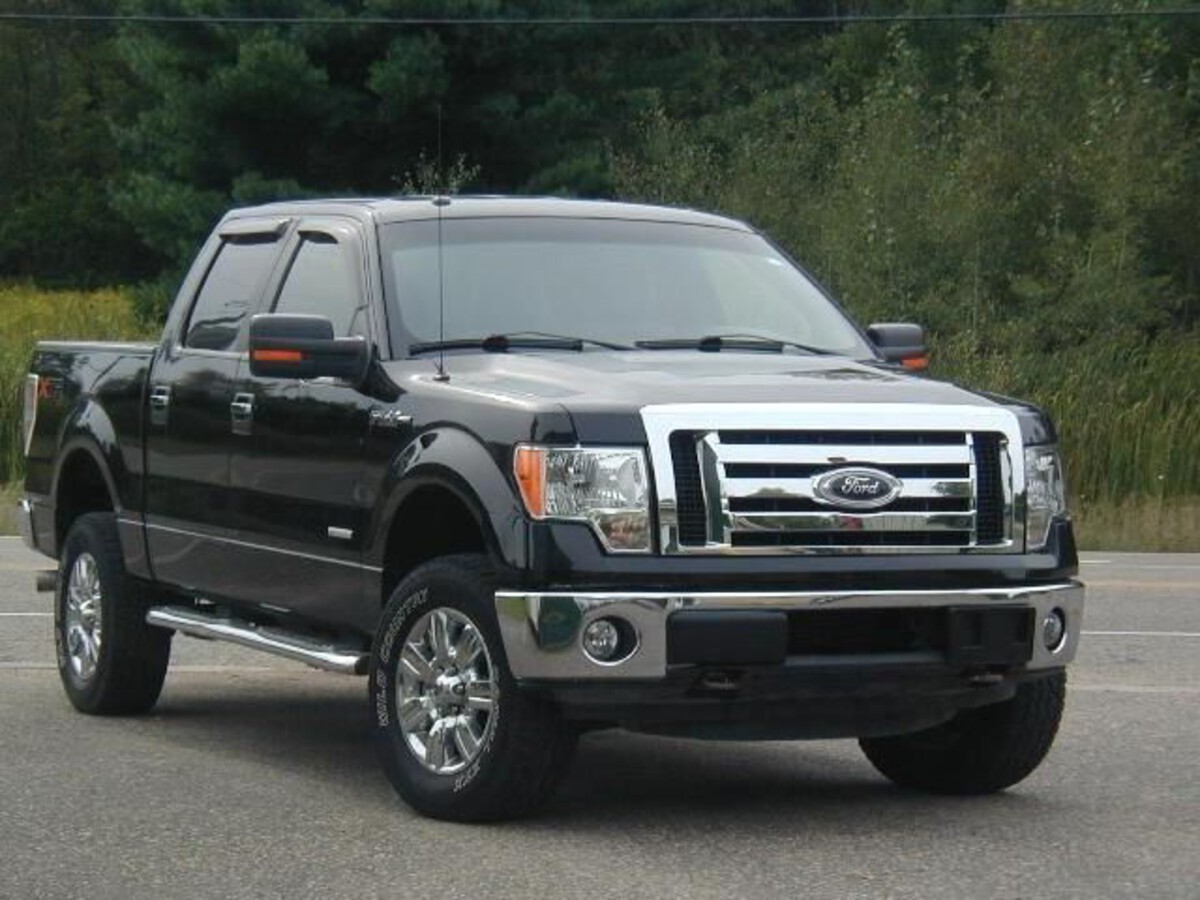
2. Ford F-150
The Ford F-150 is arguably one of the most iconic pickup trucks ever produced, and its reputation for reliability and capability spans generations.
As America’s best-selling vehicle for decades, the F-150 offers something for nearly every truck buyer, from light-duty daily drivers to heavy-duty workhorses. Its lineup includes a wide variety of engines, including fuel-efficient turbocharged V6s, powerful V8s, and even hybrid options.
This variety allows buyers to select a powertrain that best suits their needs, whether that means towing a large trailer, hauling heavy loads, or simply cruising on the highway with good fuel economy. Ford’s continuous improvements in engine technology and materials contribute to the F-150’s durable reputation.
The interior of the F-150 has evolved significantly over the years. Modern models feature spacious and well-appointed cabins that rival many luxury vehicles in comfort and technology. Advanced infotainment systems, driver assistance features like adaptive cruise control, lane-keeping assist, and automatic emergency braking add to the appeal and safety.
This balance of rugged capability and modern comfort makes the F-150 a trusted vehicle for families as well as professionals. Ford’s attention to driver needs helps ensure that the truck performs well in various scenarios, which enhances trust and owner satisfaction.
Serviceability is another important aspect that helps the F-150 earn trust fast. Given its popularity, parts are readily available, and many mechanics are familiar with its common issues and maintenance needs.
This accessibility keeps repair times and costs lower compared to less common models, which encourages owners to keep their trucks longer. Additionally, Ford’s strong dealer network and extensive warranties contribute to peace of mind, assuring buyers that any problems can be addressed promptly and professionally.
The Ford F-150’s ability to combine strong capability with everyday usability, backed by a long-standing reputation and continuous innovation, ensures it remains a trusted choice for millions. Its consistent performance and adaptability to different tasks and lifestyles have made it a benchmark in the pickup world.
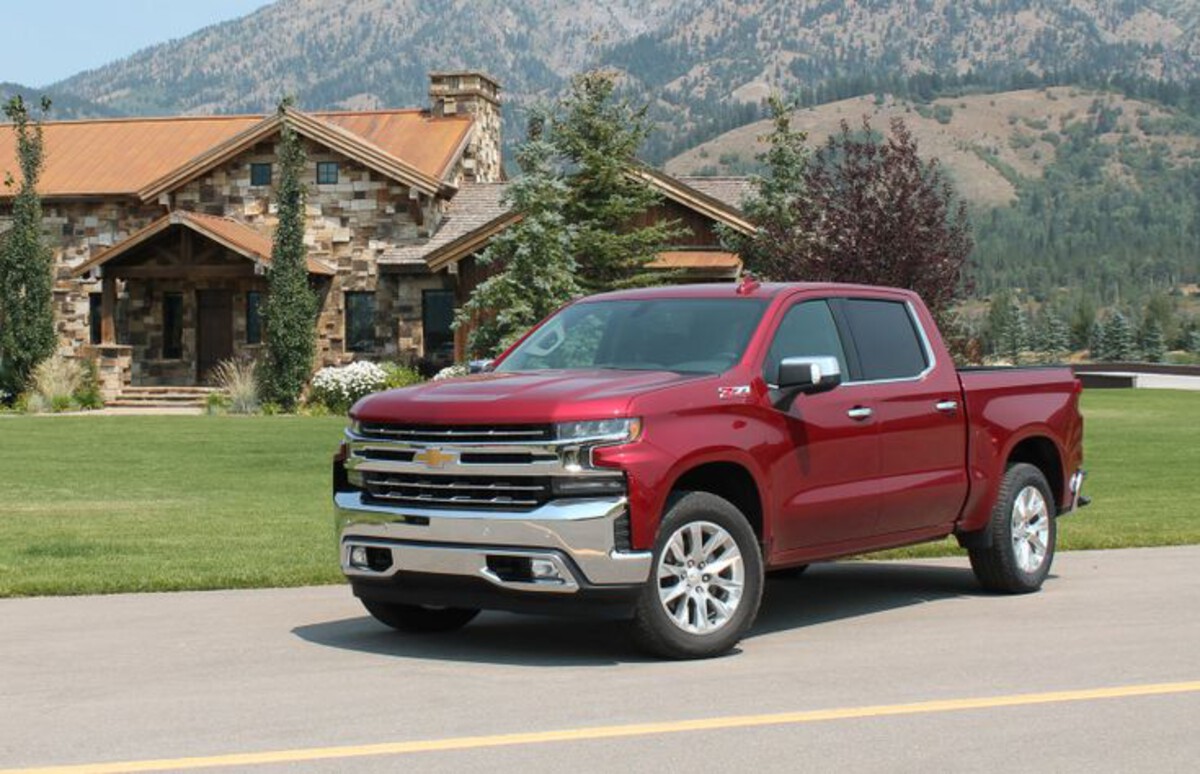
3. Chevrolet Silverado 1500
The Chevrolet Silverado 1500 is a full-size pickup that is well-regarded for its balance of strength, comfort, and technology. Chevrolet has focused on building a truck that can meet the needs of heavy-duty users while still providing an enjoyable driving experience for daily use.
With a selection of powerful engines, including efficient turbocharged V6s and strong V8s, the Silverado delivers the performance needed for towing boats, trailers, and heavy equipment. The truck’s frame and suspension systems are designed to handle tough jobs without sacrificing ride quality, allowing it to absorb bumps and rough surfaces with relative ease.
Inside, the Silverado offers a spacious and thoughtfully designed cabin. Chevrolet has improved the interior materials and layout over recent model years, adding more comfortable seats, quieter cabins, and easier-to-use infotainment systems.
Features like Apple CarPlay, Android Auto, and advanced safety tech are available on many trims, appealing to drivers who want a modern pickup without compromising ruggedness. The truck also provides various cab and bed configurations, making it adaptable to different needs, whether for work, recreation, or family outings.
The Silverado’s reliability record, while mixed in some past years, has improved in newer models, encouraging buyers to trust the brand once again. Its widespread dealer network and service centers provide accessible maintenance, which is critical for a pickup often used in demanding environments.
Chevrolet also offers competitive warranties and support, enhancing owner confidence. Resale values for the Silverado remain solid, especially for well-maintained trucks, indicating steady demand among used truck buyers.
In essence, the Chevrolet Silverado 1500 is trusted for its combination of power, comfort, and improved reliability. It suits buyers who want a capable full-size pickup that doesn’t skimp on modern conveniences and safety.
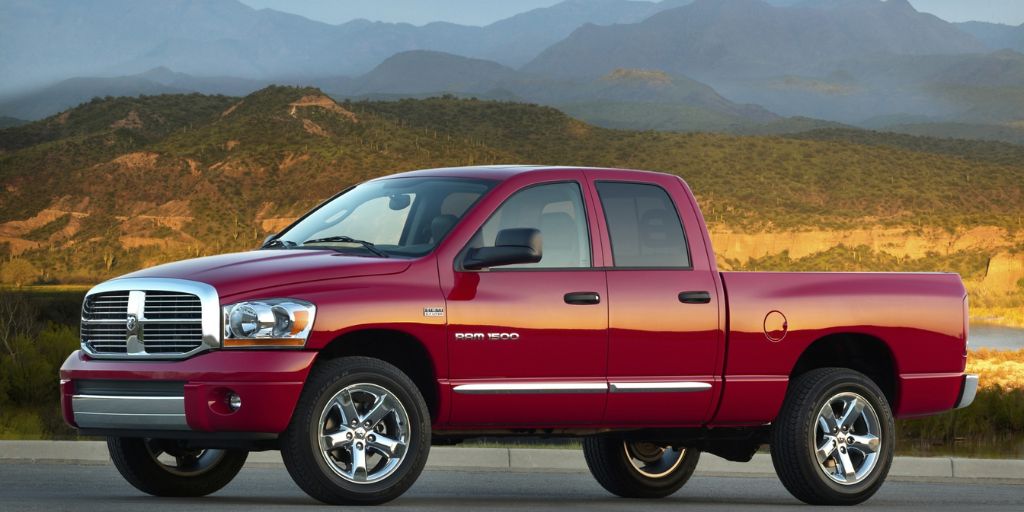
4. Ram 1500
The Ram 1500 stands out among full-size pickups for its focus on ride comfort and interior refinement without compromising toughness. Its advanced suspension system, including available air suspension, helps it deliver a smoother ride than many of its competitors.
This attention to comfort quickly wins over buyers who want a truck that is both practical for work and pleasant for everyday driving. Ram has earned praise for how well it absorbs road imperfections and reduces noise and vibration in the cabin, making it feel more like a luxury vehicle in higher trims.
Power options on the Ram 1500 are diverse and include a fuel-efficient diesel engine, a capable V6, and powerful V8s. This variety allows drivers to find the right balance between performance and economy.
The truck’s towing and payload capabilities are competitive within its class, making it a reliable work partner. Ram also includes innovative features like multifunction tailgates and advanced trailering technology that simplify towing tasks and add convenience.
The interior is one of the Ram 1500’s biggest selling points. It features high-quality materials, large touchscreen displays, and thoughtful ergonomics.
Controls are intuitive, and the design prioritizes user comfort and ease of use. These factors help build trust by offering a consistently pleasant driving environment. Additionally, Ram has made strides in improving the truck’s reliability, addressing issues reported in earlier models and increasing owner confidence.
The Ram 1500’s combination of smooth ride, powerful engine choices, and upscale interior creates a pickup that drivers trust for both demanding jobs and comfortable commuting.
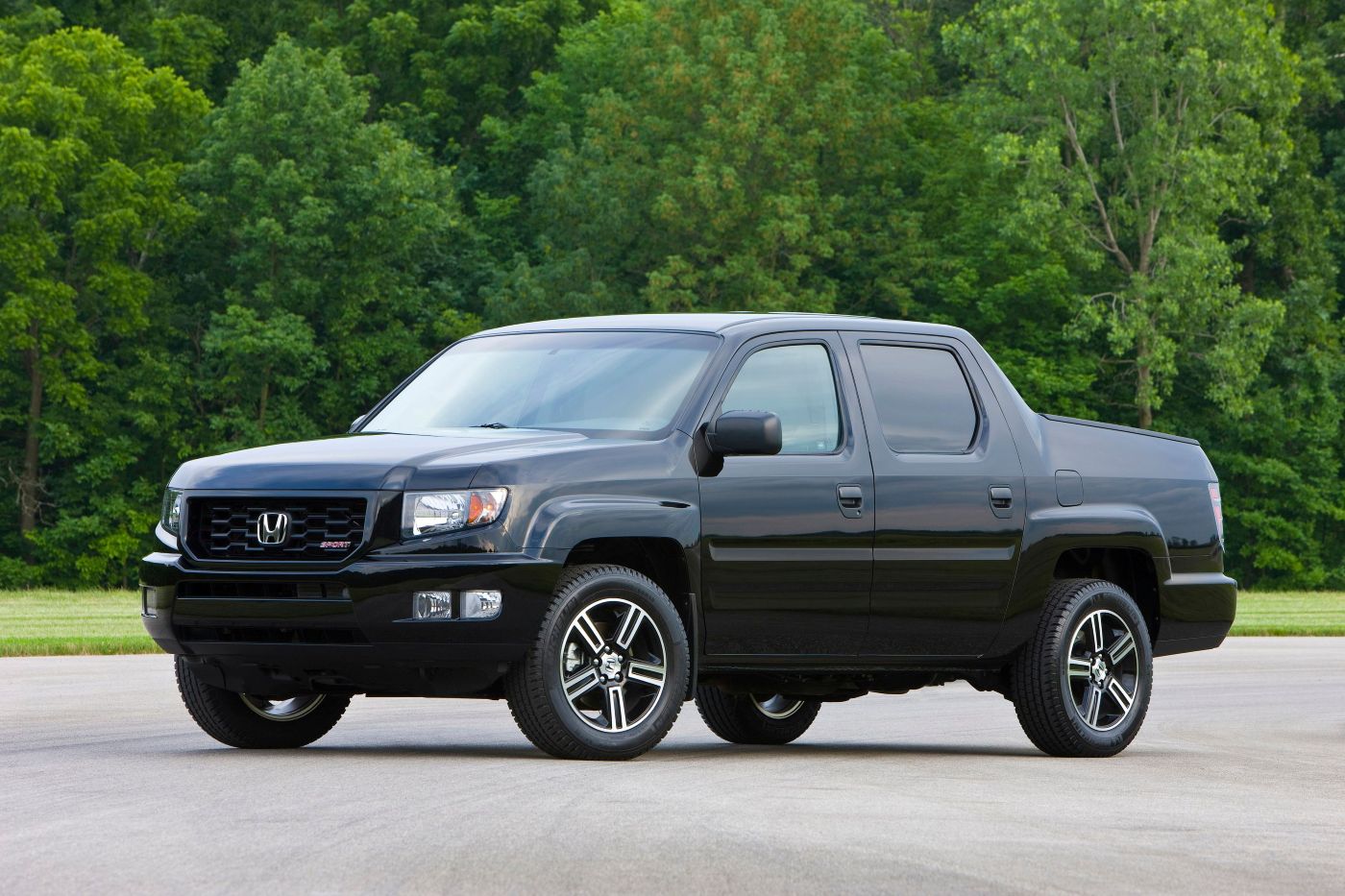
5. Honda Ridgeline
The Honda Ridgeline offers a unique take on the pickup segment by blending car-like driving dynamics with practical truck features. Its unibody construction differentiates it from traditional body-on-frame trucks, resulting in a smoother and more controlled ride.
For buyers who want a pickup for light hauling, weekend activities, or daily driving in urban or suburban settings, the Ridgeline delivers confidence through its reliable Honda engineering and comfortable design. Owners consistently report that the Ridgeline feels more refined and easier to drive than many other trucks in its category.
Honda’s reputation for producing dependable engines and components extends to the Ridgeline. It uses a V6 engine known for smooth power delivery and fuel efficiency, paired with a well-tuned suspension that balances handling and comfort.
The truck’s handling on highways and city streets is nimble, and its braking and safety systems provide additional reassurance. Honda also incorporates several innovative features, such as the dual-action tailgate and a lockable in-bed trunk, adding versatility that owners appreciate.
The Ridgeline is particularly trusted by those who prioritize reliability and daily usability over maximum towing or off-road performance. While it may not suit heavy-duty users, its blend of dependable mechanics and thoughtful design elements creates a loyal following.
The truck’s quiet cabin, ease of entry and exit, and solid build quality contribute to a sense of security and satisfaction among owners.
The Honda Ridgeline’s combination of dependable performance, comfort, and clever features allows it to earn trust fast among buyers who want a practical and reliable pickup for everyday life.
5 Pickups That Never Get Trust Back
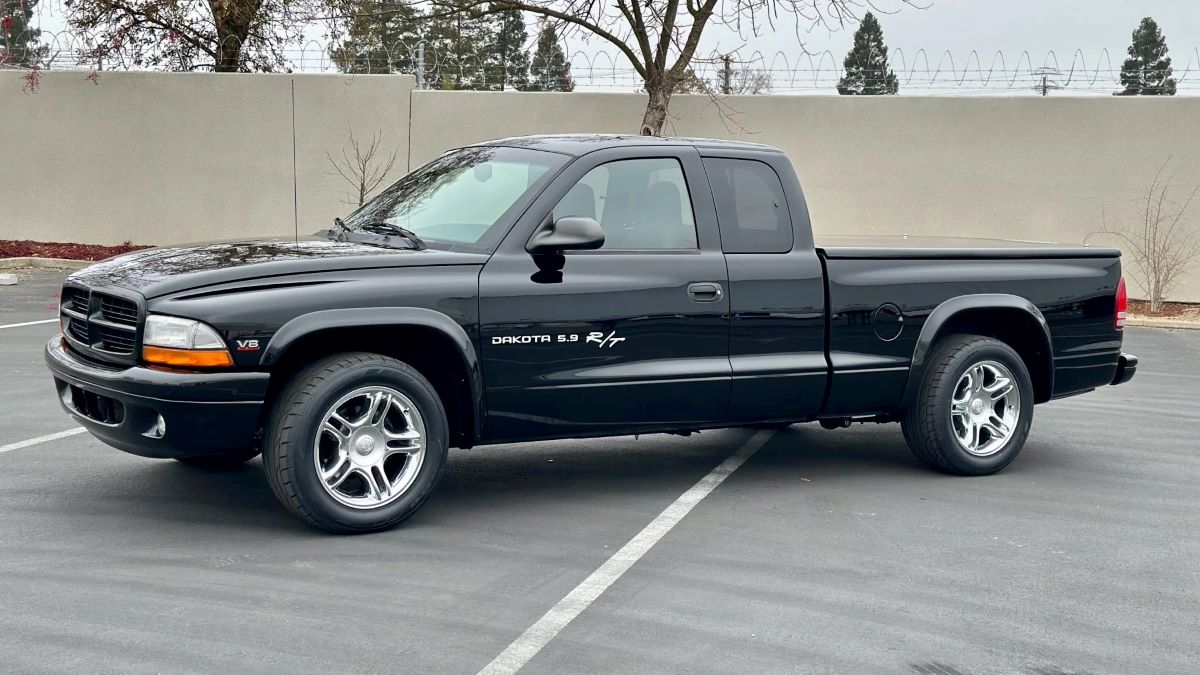
1. Dodge Dakota
The Dodge Dakota was one of the first mid-sized trucks to offer a V8 engine, which initially gave it an edge in performance over smaller pickups. This made it popular with buyers who wanted more power than compact trucks without moving up to full-size models.
The truck had solid towing and hauling capabilities and was praised for offering a comfortable ride and roomy cabin, especially in the extended and crew cab configurations.
It seemed poised to carve out a solid space in the market. However, its early promise was undermined by a growing list of reliability problems that frustrated owners and mechanics alike.
One of the most damaging issues for the Dakota was its tendency toward transmission failure. Many owners reported problems with slipping gears, harsh shifting, or complete breakdowns at relatively low mileage.
These failures often occurred outside of warranty coverage, saddling owners with repair bills that could run into thousands of dollars.
The cost and inconvenience of repeated transmission repairs or replacements left many Dakota owners disillusioned with the brand. Electrical problems were also prevalent, ranging from malfunctioning gauges and lighting to intermittent starting issues, which further compounded frustrations.
Rust was another long-term issue that plagued the Dakota. In many regions, especially where winters brought salted roads, the frame and undercarriage were prone to corrosion. This not only diminished the truck’s visual appeal but raised safety concerns over structural integrity.
Buyers expecting a rugged and long-lasting truck were understandably upset when their vehicles showed advanced rust and wear within just a few years. This problem was especially acute on models from the late 1990s through the mid-2000s. As newer competitors came to market with better corrosion protection and longer-lasting materials, the Dakota’s flaws became harder to overlook.
Despite a loyal niche of owners who appreciated the Dakota’s unique size and V8 power, the cumulative effect of these issues meant it was unable to recover its reputation. Even Dodge’s attempts to refresh the design and improve performance in later years failed to change public perception. The Dakota was discontinued, and while some still seek them out for their utility, it remains a truck with a tainted legacy that never regained the trust of the broader market.
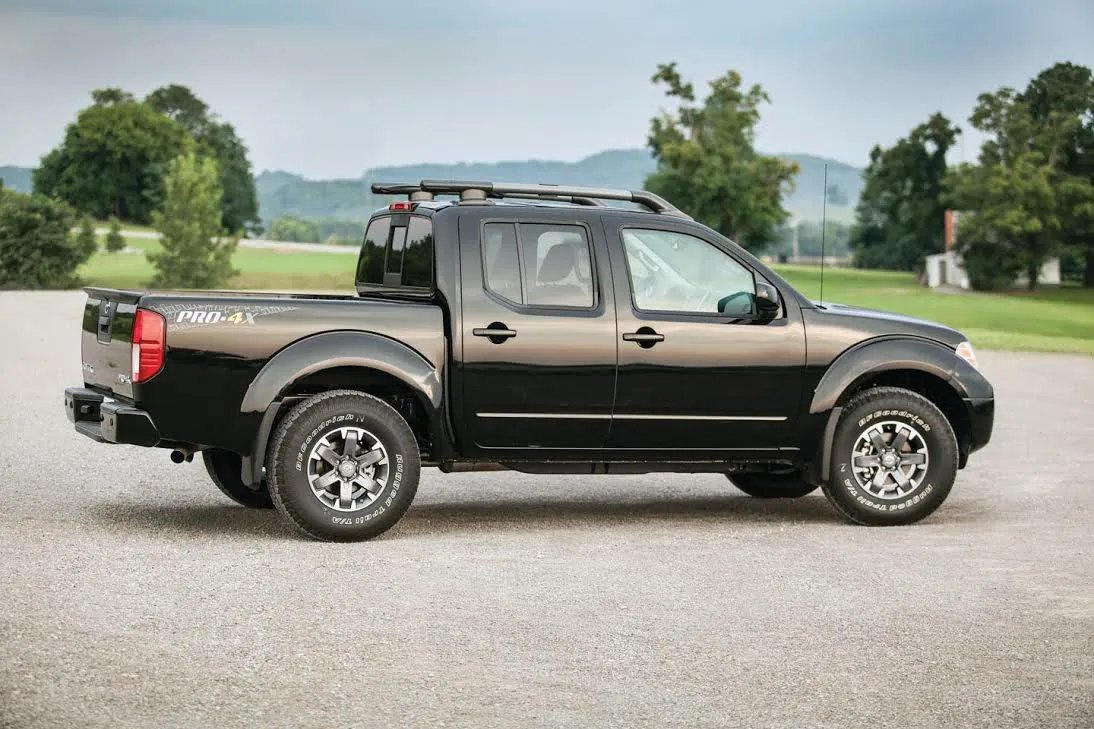
2. Nissan Frontier (Older Models)
The Nissan Frontier has come a long way in recent years, but the older models, particularly those from the mid-2000s to early 2010s, left a mark on the truck’s reputation that hasn’t been fully erased.
At a time when competitors were introducing more refined and reliable trucks, the Frontier was stuck in a rut. It received minimal updates over a long production period, and this stagnation became a problem.
Buyers found themselves driving a truck that not only lacked modern features but also had recurring mechanical and quality issues that compromised long-term ownership.
One of the most notorious problems in the older Frontier models was the issue with radiator coolant leaking into the transmission fluid. This catastrophic failure, often referred to as the “strawberry milkshake of death,” could ruin the transmission entirely.
The defect usually became apparent after the warranty period had expired, forcing owners to choose between expensive repairs or scrapping the truck altogether.
For a vehicle meant to represent toughness and reliability, this kind of failure deeply affected how drivers viewed the Frontier. Even those who avoided the specific model years affected by the radiator defect approached the Frontier with skepticism.
Beyond that, the Frontier struggled with suspension wear and steering issues that seemed to arise well before the 100,000-mile mark. Bushings and ball joints wore out faster than expected, and many owners faced problems with uneven tire wear and vague steering response.
These problems weren’t always dangerous, but they were annoying and costly over time. Add to that poor fuel efficiency and a loud, unrefined cabin experience, and it’s easy to see why owners often felt they were driving a second-rate vehicle in comparison to competitors.
Nissan’s lack of timely updates and failure to fully address widespread issues did not help the Frontier’s case. Even though newer models are better equipped and more reliable, the legacy of the older ones still colors the brand’s image for many consumers. Some buyers simply don’t want to take the chance again, especially when there are more consistent options available in the midsize pickup market. That lingering hesitation is a sign that once trust is lost, it’s incredibly hard to win back.

3. Chevrolet Colorado (Early Models)
The Chevrolet Colorado was designed to fill the gap left by the compact S-10 and offer buyers a midsize alternative with modern styling and greater comfort. Unfortunately, the first-generation Colorado, particularly the models built between 2004 and 2012, faced numerous quality control issues that significantly impacted its reputation.
Many owners were attracted to its price point and manageable size, but those early impressions quickly turned sour as reliability problems began to surface. These issues were widespread enough to affect resale values and long-term customer confidence in the model.
Engine problems were among the most frequent complaints. The inline-5 engine, while unique, was often considered underpowered and prone to misfires, stalling, or rough idling. Timing chain issues were reported at lower-than-expected mileage, and some drivers experienced complete engine failure well before 100,000 miles.
These are serious concerns for any vehicle, but especially so for a truck that many people use for work or travel. The engine issues were paired with transmission troubles, particularly hard shifting, slipping gears, and early failure in automatic gearboxes. Such problems made the Colorado a risky choice for those needing a dependable vehicle.
The interior of the early Colorado models was another point of contention. Built with hard plastics and poorly fitted panels, the cabin often rattled and squeaked with age. Owners also noted that the seats lacked proper support, and visibility from the cab was not as good as it should have been.
Over time, trim pieces came loose, and electrical components such as power windows, door locks, and dashboard instruments failed frequently. These quality problems gave the impression that the truck was built more for cost-saving than long-term use, and that perception stuck.
While Chevrolet made significant strides with the second-generation Colorado introduced in 2015, the damage had already been done to a degree. Many consumers, especially those burned by early ownership experiences, remained cautious.
Reviews improved, features were added, and performance became more competitive, but trust once lost is not easily restored. For many buyers, the memory of those early mechanical and build quality issues continues to overshadow the truck’s more recent improvements.
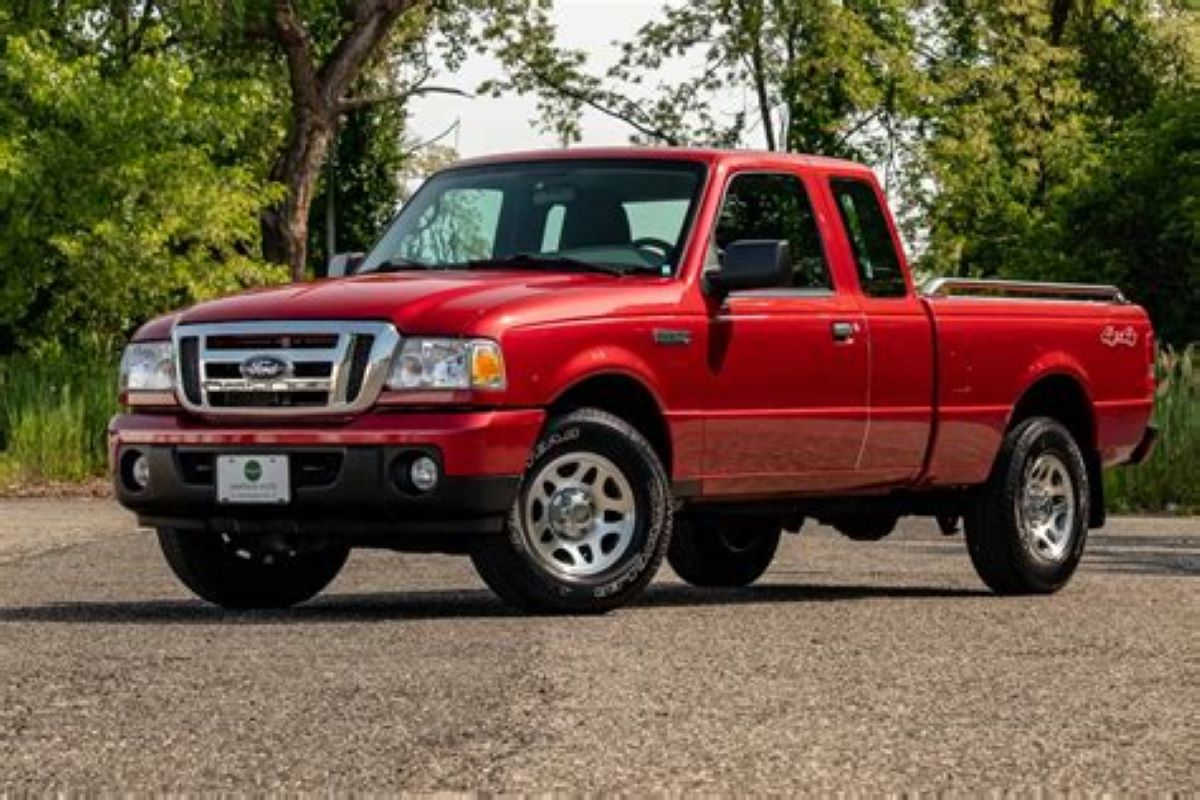
4. Ford Ranger (Previous Generations)
The Ford Ranger has always had potential as a compact and later midsize pickup, but its previous generations before the model’s hiatus in the U.S. were often marred by mechanical issues and a lack of innovation. For a truck meant to offer affordable utility, reliability, and ease of use, it frequently fell short in critical areas.
While it was a sales success for a time, largely due to its low price and Ford’s brand strength, the actual ownership experience often led to frustration for many drivers. When issues start cropping up early in a vehicle’s life, it doesn’t take long for the word to spread.
One of the most common problems in older Ford Rangers was rust. Frames, wheel wells, and undercarriages were particularly vulnerable, especially in regions with snow and road salt. Owners often discovered severe rust damage within just a few years of ownership, sometimes to the point of rendering the truck unsafe or structurally compromised.
For a pickup truck, which is often purchased with the expectation of long-term durability and rugged use, this was a major letdown. Frame rust not only reduced the truck’s lifespan but also hurt its resale value considerably.
Mechanical reliability was also questionable. Some engines in the older Ranger models were known for head gasket failures and oil leaks, while manual and automatic transmissions both had their share of faults. Clutch problems, gear slipping, and hard shifting were common complaints.
These mechanical failures weren’t always consistent across every model year, but they happened often enough to plant doubt in the minds of potential buyers. The Ranger became a truck that required more attention and maintenance than many of its owners had bargained for.
Another problem with the older Ranger was its lack of refinement and modern features. As the competition moved forward with improved interiors, more safety tech, and better ride quality, the Ranger remained stagnant. Ford’s long delay in giving the model a full redesign caused it to fall behind in virtually every category.
While the new-generation Ranger has received better reviews and restored some faith in the model, the shadow of its past reliability and design issues continues to affect its image. Some buyers are simply unwilling to take another chance.
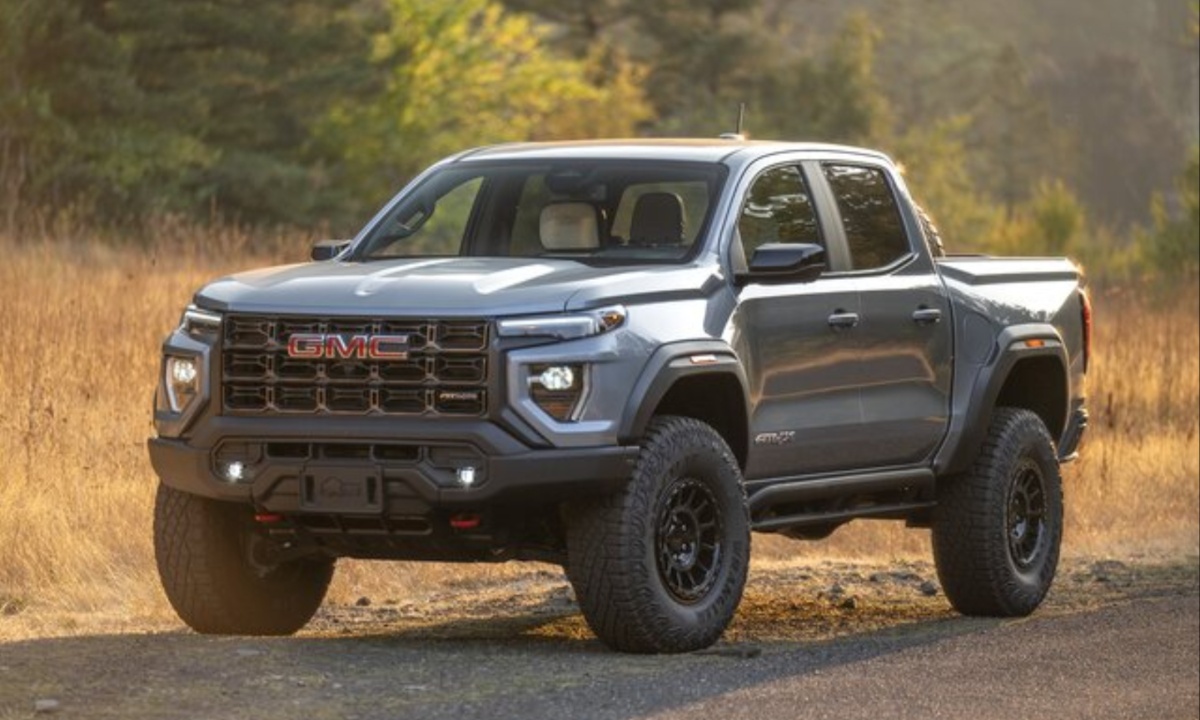
5. GMC Canyon (Early Models)
The GMC Canyon was launched as a more upscale sibling to the Chevrolet Colorado, intended to offer the same practicality with an added touch of refinement and brand prestige. However, the early models of the Canyon, particularly those produced between 2004 and 2012, faced similar if not worse reliability issues than their Colorado counterparts.
This was especially damaging because Canyon buyers often paid a premium, expecting higher quality. When that expectation wasn’t met, trust was broken even more quickly than it might have been with a lower-cost truck.
Mechanical problems were front and center in the early GMC Canyon models. Engine performance was erratic in many units, with some drivers reporting frequent misfires, poor throttle response, and stalling during acceleration. The five-cylinder engine in particular was not well received.
Transmission reliability was also a sore spot, with issues ranging from delayed shifting to total failure well before reaching high mileage. Many owners found themselves dealing with these problems just outside of warranty coverage, which meant footing the bill for repairs that could easily reach several thousand dollars.
Beyond the mechanical concerns, the Canyon suffered from interior quality that did not live up to its premium branding. Hard, brittle plastics and inconsistent fit and finish made the cabin feel cheap and outdated. Noise insulation was minimal, leading to loud road and engine noise during highway driving.
As these trucks aged, the interiors deteriorated quickly, with many owners dealing with cracked dashboards, broken seat mechanisms, and faulty electronic components. For a vehicle positioned as a slightly more luxurious option, this lack of refinement created a disconnect between branding and reality.
Because of these issues, the early GMC Canyon failed to inspire lasting trust. Even as GMC improved the model in later years with better engines, advanced features, and more solid construction, the memory of early ownership disappointments has lingered.
Many buyers who were burned once are hesitant to return, especially when more consistent alternatives exist in the market. Trust, once damaged by poor execution, isn’t easily earned back, and the early Canyon’s performance left a long-lasting mark.

